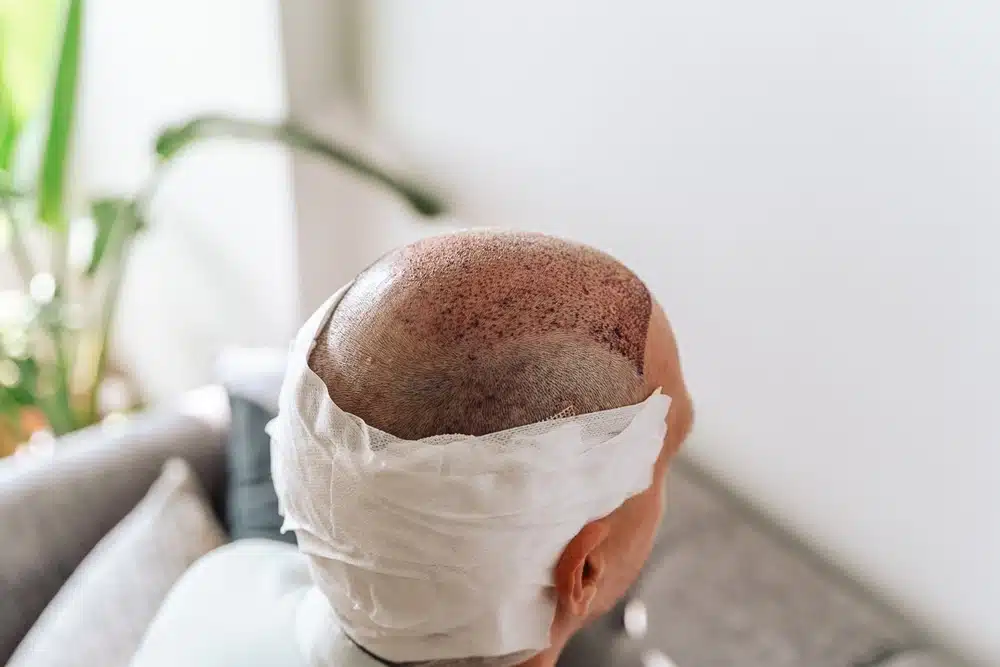Are you considering a hair transplant procedure to address your hair loss concerns? With the increasing popularity and advancements in hair restoration techniques, it’s essential to separate fact from fiction when it comes to hair transplant myths. Misconceptions and misinformation can create unnecessary apprehension and prevent individuals from making informed decisions about their hair restoration options.
In this blog post, we aim to debunk common hair transplant myths and provide you with accurate information to help you understand the reality of hair transplantation. From debunking the notion that hair transplants are only for men to dispelling fears of unnatural-looking results, we’ll address these misconceptions head-on. By gaining a clear understanding of what hair transplants truly entail, you can make confident and informed decisions about your hair restoration journey.
Hair transplants are only for men
Myth debunked, the belief that hair transplants are exclusively for men is a common misconception that fails to acknowledge the growing number of women seeking hair restoration solutions. In recent years, there has been a significant rise in female hair transplants to address their hair loss concerns. Female hair loss happens for various reasons, including hormonal changes, genetic predisposition, and medical conditions. Just like men, women can benefit from the transformative effects of hair transplants.
Hair transplant clinics now cater to the unique needs of both men and women, offering specialized treatment plans and procedures. Surgeons skilled in hair restoration understand the intricacies of female hairlines, density, and overall aesthetic goals. By customizing the approach for each patient, hair transplant procedures can effectively restore hair in women, providing them with renewed confidence and a natural-looking result.
Hair transplants look unnatural
One of the most persistent misconceptions about hair transplants is that they result in an artificial and unnatural appearance. However, advancements in hair transplant techniques and the skill of experienced surgeons have debunked this myth. Modern hair transplantation procedures, such as Follicular Unit Extraction (FUE), are designed to mimic the natural growth pattern of your hair, leading to remarkably natural-looking hair transplant results.
During a hair transplant procedure, hair follicles are carefully harvested from donor areas and transplanted into thinning or balding areas. Skilled surgeons strategically place the grafts, considering factors like hair direction, angle, and density. This meticulous approach ensures that the transplanted hair blends seamlessly with the existing hair, creating a natural-looking result. Additionally, advancements in microsurgery techniques and refined graft placement methods contribute to a more aesthetically pleasing outcome, further dispelling the myth of unnatural-looking hair transplants.
Hair transplants are painful
Contrary to popular belief, undergoing a hair transplant procedure is generally not a painful experience. Advanced techniques and anaesthesia protocols have significantly minimized discomfort during the procedure. Local anaesthesia is administered to numb the scalp, ensuring that patients remain comfortable throughout the process. This means that you won’t feel any pain during the extraction or transplantation of hair follicles. While some patients may experience mild discomfort or a sensation of pressure during the procedure, it is typically well-tolerated and far from being described as painful.
H2: Hair transplants require a long downtime
One of the common misconceptions about hair transplants is the belief that they require lengthy downtime. However, FUE transplant techniques have significantly reduced the recovery period, allowing individuals to resume their normal activities relatively quickly. While there is a healing process involved, the downtime associated with hair transplants is often shorter than many people anticipate.
After a hair transplant procedure, it is normal to experience some post-operative redness, swelling, and scabbing in the treated areas. However, these side effects typically subside within a week or two. Patients are usually advised to avoid strenuous activities and heavy exercise for a few days to promote proper healing. Depending on the individual and the extent of the procedure, most individuals can expect to return to work and social activities within a few days to a week following the transplant.
Hair transplants result in noticeable scars
At the Harley Street Hair Clinic, we only offer FUE hair transplantation to our clients as we know it offers the most natural-looking result, part of this is due to the minimal scarring. FUE works by using a specialised extraction tool that removes individual hair follicles – leaving scaring almost invisible to the naked eye.
This myth comes from older forms of hair transplantation, such as FUT, which can leave clients with scarring at the back of the scalp due to a strip of tissue being removed from the back of the scalp.
If you have any questions about hair transplantation, contact us today. One of our highly skilled and trained members of staff will be able to help, and also debunk any myths you might have read online!


